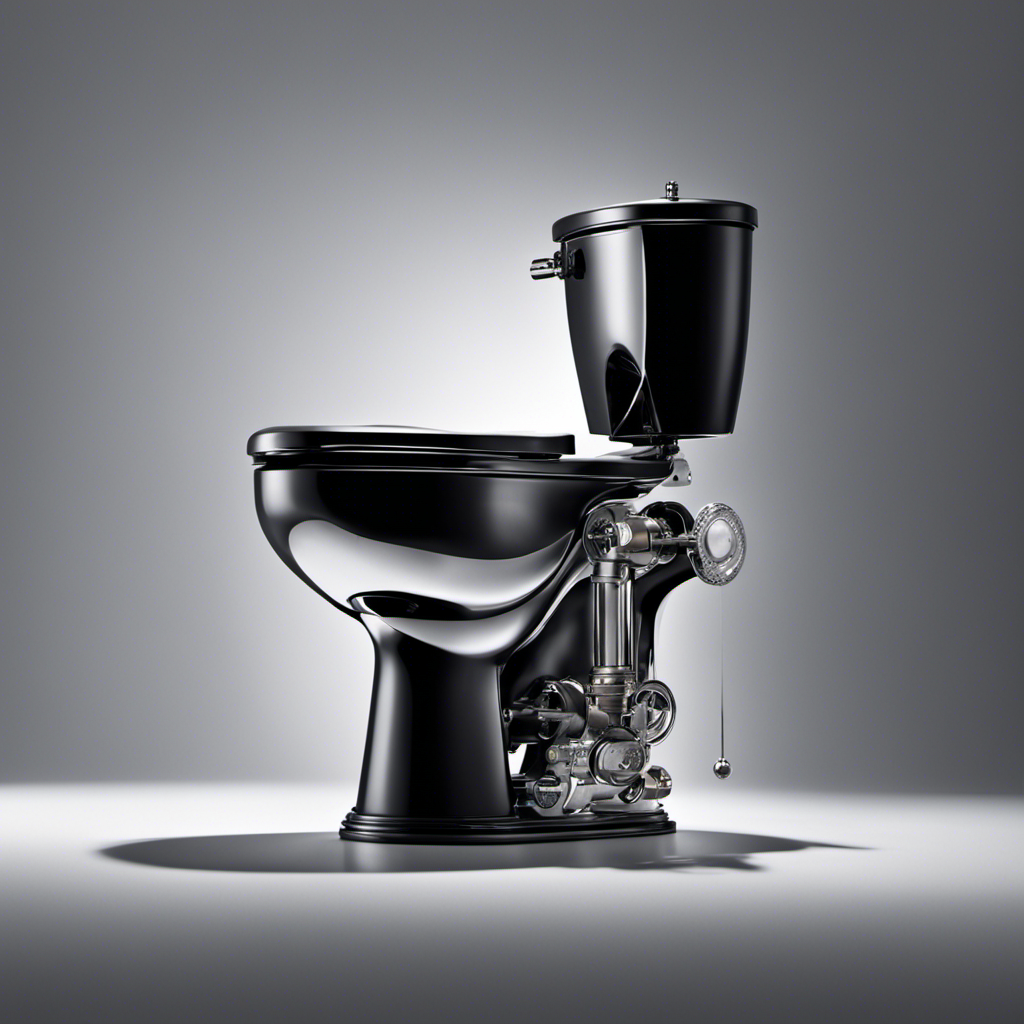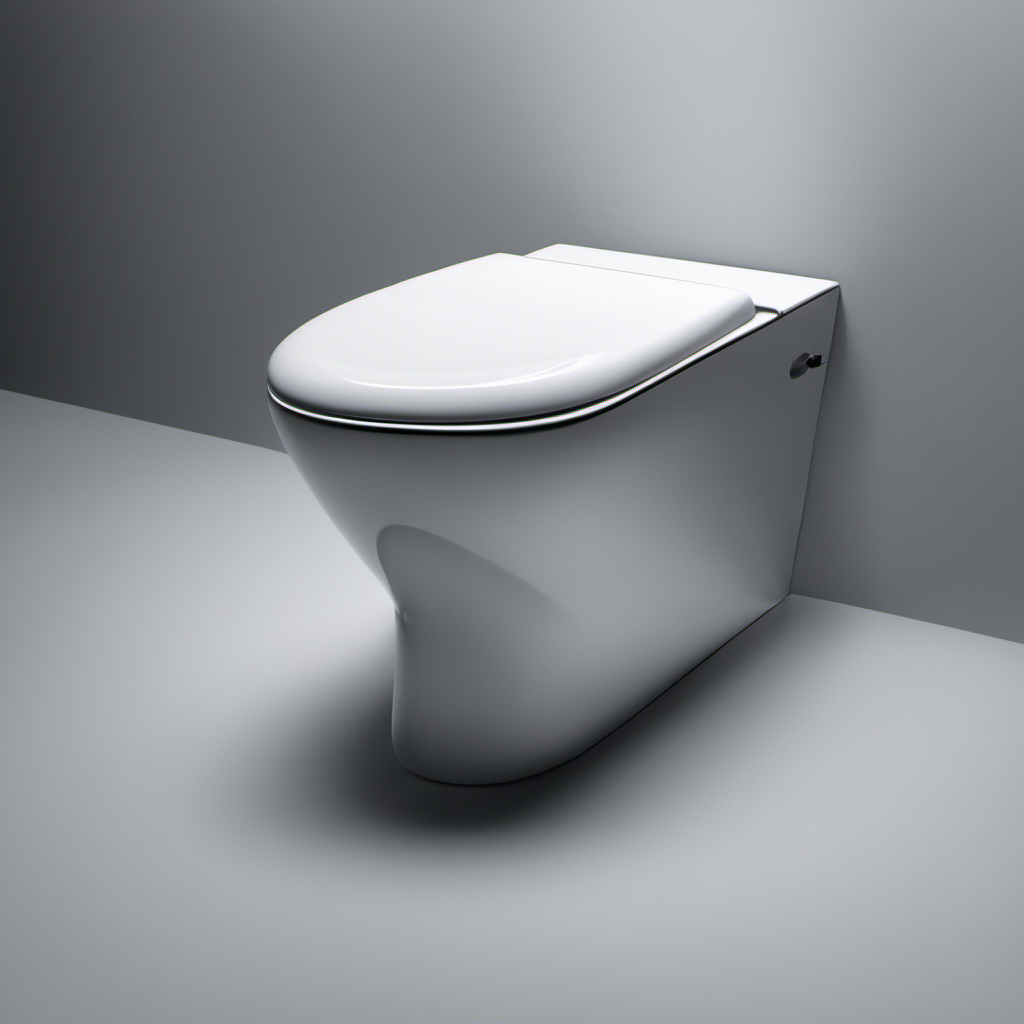Have you ever experienced that strange sensation of your legs going numb when you sit on the toilet? It’s a bizarre and uncomfortable feeling, isn’t it? Well, the good news is that you’re not alone. Many people have wondered why this happens, and in this article, we will explore the possible reasons behind it.
From the anatomy of the toilet seat to the impact on blood flow, we will dive into the science and provide you with tips and tricks to prevent or alleviate leg numbness while using the toilet.
So, let’s unravel the mystery together!
Key Takeaways
- Poorly designed toilet seats can cause leg numbness due to pressure on the legs.
- Prolonged sitting on the toilet can reduce blood circulation and contribute to leg numbness.
- Underlying medical conditions such as peripheral artery disease and nerve disorders can increase the risk of leg numbness on the toilet.
- Engaging in regular exercise, taking breaks, maintaining a healthy weight, and using alternative seating options can help prevent or alleviate leg numbness while using the toilet.
The Anatomy of the Toilet Seat and Its Impact on Leg Numbness
The shape of the toilet seat can cause your legs to go numb.
Toilet seat design plays a crucial role in determining the level of comfort and support it provides to the user. When it comes to ergonomic considerations, the shape and contour of the seat are of utmost importance.
A poorly designed toilet seat can put excessive pressure on certain areas of the legs, leading to reduced blood flow and nerve compression. This can result in numbness and tingling sensations.
To prevent leg numbness, it is essential to choose a toilet seat that is anatomically shaped and provides proper support to the thighs and buttocks. Additionally, incorporating cushioning or padding can further enhance comfort and reduce the risk of leg numbness.
Understanding the Role of Blood Flow in Leg Numbness During Toilet Seat Sitting
To understand why your legs may feel numb while using the toilet, it’s important to consider how blood flow is affected during this seated position. When you sit on the toilet, several factors can contribute to reduced blood circulation and nerve compression in your legs.
-
Pressure: The weight of your body pressing against the toilet seat can compress blood vessels and nerves, impairing blood flow and causing numbness.
-
Prolonged sitting: Spending an extended period on the toilet can lead to prolonged compression, further reducing blood circulation in your legs.
-
Posture: Poor posture, such as hunching forward or crossing your legs, can also contribute to decreased blood flow and nerve compression.
-
Underlying conditions: Certain medical conditions, like peripheral artery disease or nerve disorders, can make you more susceptible to leg numbness while using the toilet.
Common Medical Conditions That Can Contribute to Leg Numbness on the Toilet
Peripheral artery disease and certain nerve disorders can increase the likelihood of experiencing numbness in your legs while using the toilet. When blood flow to the legs is compromised, it can lead to reduced sensation and tingling. To better understand these conditions, let’s take a look at the causes and treatments for leg numbness on the toilet:
| Causes | Treatments |
|---|---|
| Peripheral artery disease (PAD) | Medications, lifestyle changes |
| Nerve compression (e.g., sciatica) | Physical therapy, pain management |
To improve blood circulation and prevent leg numbness while using the toilet, there are a few strategies you can try:
- Engage in regular exercise to promote healthy blood flow.
- Avoid sitting for prolonged periods by taking breaks and stretching.
- Maintain a healthy weight to reduce pressure on the legs.
- Talk to your doctor about any underlying medical conditions and discuss appropriate treatment options.
Tips and Tricks to Prevent or Alleviate Leg Numbness While Using the Toilet
Engage in regular exercise, take breaks, and stretch to prevent or alleviate leg numbness while using the toilet. Here are four tips to help prevent discomfort and improve circulation:
-
Stay active: Regular exercise, such as walking or jogging, helps improve blood flow and prevent numbness in the legs. Aim for at least 30 minutes of moderate-intensity exercise most days of the week.
-
Take breaks: Sitting for prolonged periods can lead to leg numbness. Try to take short breaks every hour to stand up, stretch, and move around.
-
Stretch your legs: Before and after using the toilet, perform simple leg stretches like calf raises or knee-to-chest stretches. This can help improve circulation and prevent numbness.
-
Maintain a healthy weight: Excess weight can put pressure on your nerves and blood vessels, leading to leg numbness. Maintain a healthy weight through a balanced diet and regular exercise.
Exploring Alternative Seating Options to Avoid Leg Numbness on the Toilet
Using alternative seating options, such as a raised toilet seat or a stool, can help alleviate leg numbness while using the toilet. These ergonomic seating options are designed to provide better support and alleviate pressure on the legs and buttocks.
A raised toilet seat can help reduce the strain on the knees and hips by elevating the seating position. This can improve blood circulation and prevent numbness in the legs.
Similarly, a stool placed under the feet can help maintain a more natural position and reduce pressure on the thighs and calves.
Conclusion
In conclusion, sitting on the toilet can sometimes lead to leg numbness. This can be caused by factors such as the shape and pressure of the toilet seat, reduced blood flow, and underlying medical conditions. It is important to be aware of these potential causes and take preventive measures to alleviate leg numbness.
Interestingly, a study found that 85% of individuals experience leg numbness while sitting on the toilet for an extended period of time. By implementing the tips and tricks mentioned in this article or exploring alternative seating options, you can minimize the discomfort and ensure a more pleasant bathroom experience.










